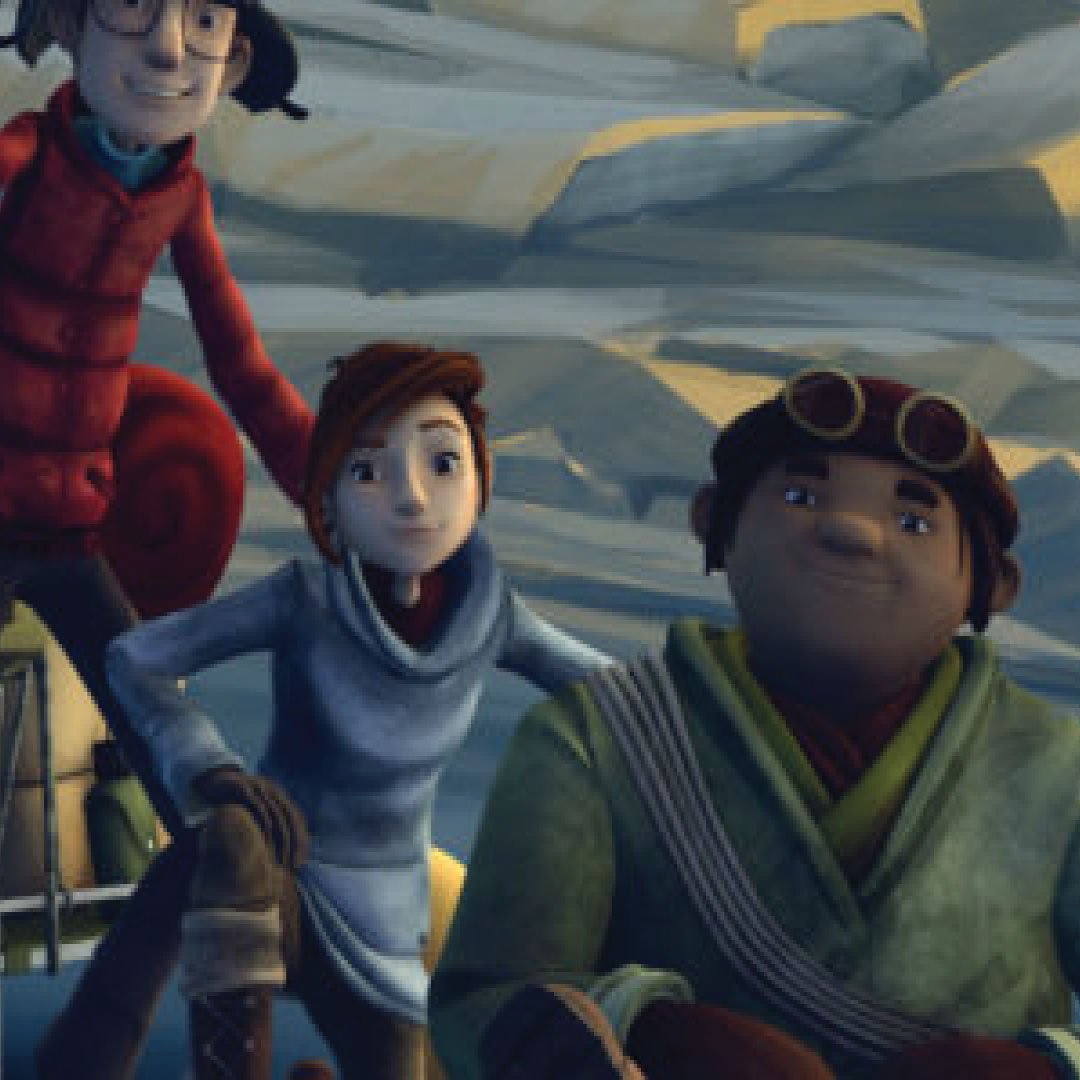Moroccan animated films have been made for the first time. Moroccan TV stations Al Oula and 2M collaborated with Meknes’ international vibrant film festival FICAM to commission a test run for 2019.
The Very First of Its Kind in Morocco’s Film Industry
“It is the first animated series that is entirely Moroccan, from start to finish, whether in terms of scriptwriting or technological ability. We consider it an honor to have grown up with such classics as Sally, Belle and Sebastian, and Captain Majed. We’ve always wanted to see an animation produced by a Moroccan. “Now our dream is coming true,” Dalila Drouicha, Production Manager at Artcoustic studio, agrees.
Artcoustic, Lorem, and Neverseen, all located in Casablanca, will produce two series.
A single series comprises 20 to 30 episodes, each lasting 3 to 5 minutes and costing 100,000 DH apiece (9,500 euros).
It is the first step toward establishing Morocco as a player in the world of animation.
Read Also : Qene Games utilize Ethio Telecom to market its mobile games in Ethiopia
“We cannot talk about the industry right now, but we can say that we are on the right track to having our Moroccan industry,” says Drouicha. “We cannot talk about the industry right now because we do not have a long history in this field, and we also do not have many projects that allow us to say that we have an industry.”
It took a year to perform all the required research and run through the TV stations for the script.
Although the steps involved in creating an animated film seem similar to those interested in making a film, the execution of these steps is more complex since animation relies so heavily on drawing and fictitious characters, according to Yassine Oubaba, Editor at Artcoustic studio.
And the substance of these films will honour the country’s cultural history.
The Stories of Morocco’s First Animated Films
“It is a series that collects various Moroccan stories from Moroccan culture that we have reconstructed and written in a way that matches the process of production as well as the target audience.” “These stories include several lessons and will be of interest to the younger generation that will come across these animations,” Oubaba says.
Moroccans, who have become accustomed to seeing international TV programs translated into Arabic, will now be able to watch animated films in their language, a significant step forward for the Moroccan audiovisual sector.
Read Also : Netflix will invest about $300,000 in Kenyan talent
“We chose the Moroccan dialect because our target audience is Moroccan, and the content of the series is Moroccan.” We couldn’t talk to Moroccans in a different language, but we could translate this work in the future because we can easily change the voice and choose any language we want. We’re thinking of doing this to spread Moroccan culture to the rest of the world.
The 3D artists and cartoonists on the team either went to school for graphic design or taught themselves with help from the internet. Internal training is also offered; however, these occupations require additional assistance.
One of the obstacles we encounter in creating the animation series is the issue of training. Because of the absence of training centers, we want to have more centers to have fresh energy and more technicians to declare that we have an animation industry, “Drouicha explains.
The first film will be released in September of 2022.




